luxating patella cats symptoms
Signs may be episodic with intermittent luxation or permanent with complete and persistent luxation. Symptoms of luxating patella in cats include.

Medial Patellar Luxation In Cats Keeping Mpls On Your Radar For Feline Patients Vetsurginfo
Patellar luxation treatment options Non-Surgical treatment options.
. Luxating patella a painful condition in which the kneecap slips out of position is common in smaller-breed dogs but can also occur in larger dogs and cats according to veterinarian Roger Grothaus. Ive noticed a limp in my kitten and did a lot of research and found that shes got a luxating patella I can feel the ligament in and out and can fix it if Im gentle and extend her rear leg and gently put pressure on the ligament to shift it back into place but I dont want to make it worse or hurt her Ive read up a little on surgery but dont want to go to the vet and find. In the early stages of luxating patella the condition may not cause too much pain to the dog.
You may notice your dog skip a beat as they walk. Very often the patella pops back in on its own and then the dog usually walks normally again. This can be accompanied by yelping in some dogs due to pain.
In severe cases the slipping from the normal position may be painful and may cause your dog to yelp. In general if your pet has grade 1 or 2 your vet will likely recommend non-surgical treatment. The typical clinical signs include lameness skipping on the affected leg and an unwillingness to jump.
Kneecap dislocation can be caused by a variety of reason that may or may not require immediate medical addition which is why it is of the utmost importance for a veterinary professional to be consulted when signs are first noted. This may also be caused either by injury or is congenital. The knee joint may lock up in an abnormal position causing your dog to walk on 3 legs.
A luxating patella will cause the feline to display an unusual gait as the knee joint cannot function as it would normally. If your cat is limping or seems off as he. Reluctance to jump and climb.
The dog will be in pain. Symptoms of a Luxating Patella. The patella or kneecap normally sits in a groove at the lower end of the thigh bone femur and slides up and down in its groove when the knee flexes and straightens.
Cats with patellar luxation may experience symptoms on and off. A vet would thoroughly examine a cat and ideally should be given a cats full medical history. In congenital and inherited cases it is usually seen as a bilateral disease affecting both hind legs and can result in limping bunny hopping or hind-limb collapse.
A luxating patella in which a kneecap moves out of its normal position is a very common occurrence in dogs. Patella luxation is usually characterised by a skipping or hopping lameness where the dog or cat will hold their leg up for several steps whilst running and then return to normal. Common signs of luxating patellas include.
Much of the lameness is caused by soft tissue. The dog will avoid bearing weight on the affected leg. Your dog may get up from a lying position more slowly and carefully.
The main symptom of luxating patella is an intermittent hopping on the limb when the patella pops out of place. The signs of patellar luxation include intermittent on and off lameness an unusual skipping on the affected leg when the cat walks or runs or difficulty in jumping. If caused by physical trauma the clinical signs of a.
Abnormal movement in back legs. Cats can also be prone to patellar luxation. The kneecap can shift toward the inside of the leg termed.
An abnormal gait which is reminiscent of a bunny hop. Sometimes a luxating patella can be treated with physical therapy and. When both legs are affected you may see bunny hopping or dragging of the legs for short periods as well as a stiff and awkward gait.
What treatment your veterinarian recommends will depend on the severity of your dogs patellar luxation. Sudden lameness on hind legs for no apparent reason. While small or toy breeds such as Chihuahuas Yorkshire terriers and Pomeranians are the most prone to a luxated patella this orthopedic condition can affect all breeds of dogs.
As the cat walks he may skip or hop on the affected leg or frequently pull the rear leg up towards the body. Carrying the limb up for a few steps skipping Shaking or extending the limb Lameness Bow-legged appearance where the legs curve outwards at the knees Knocked-in knee appearance where the legs curve inwards at the knees. Surgical repair is indicated for grades two through four the.
But in dogs with a luxating patella the kneecap shifts and dislocates outside of this groove when the knee flexes. In severe instances pets may show consistent lameness and signs like shaking or extending the affected leg. Indeed surgery for a luxating patella can be cost prohibitive for some owners.
Common symptoms associated with patella luxation include. The main signs of patella luxation including hopping or skipping-like lameness to the back leg that will spontaneously resolve as the dislocation resolves. It also helps.
Cat knee surgery can be expensive as it is usually done by an orthopaedic specialist. Even if hes not limping keep an eye on him if hes much less active than usual or isnt jumping up on his favorite windowsill or other preferred perches. Those with a grade one luxation may simply need some supportive care rest and medicine.
Occasional or constant limping Difficulty jumping onto things like beds and tables Skipping on a back leg holding it up for a few steps then replacing weight onto that leg. A popping noise may be heard in the dogs knee. Cats with mild patellar luxation may not display any signs particularly with congenital patellar luxation.
With a medial luxation the lower part of the leg will usually be held out to the side as long as the kneecap is out of place. Typical symptoms of patellar luxation in cats could include the following. Conversely high grade patellar luxation usually requires surgery.
The most common non-surgical methods for luxating patella include. As the patella moves in and out of the groove it can wear holes in the cartilage of the patella itself and in the ridge that it rides over when it luxates. If your cat is limping or seems off as he moves he could have a luxated patella.
Four grades are used to evaluate the severity of the condition notes Dr. Sudden lameness traumatic or intermittent lameness affecting one or both of the hind legs. Luxating Patella in Cats.
The main symptom of luxating patella is an intermittent hopping on the limb when the patella pops out of place.

Luxating Patella In Cats Vca Animal Hospital

Jade S Double Knee Patella Luxation Youtube
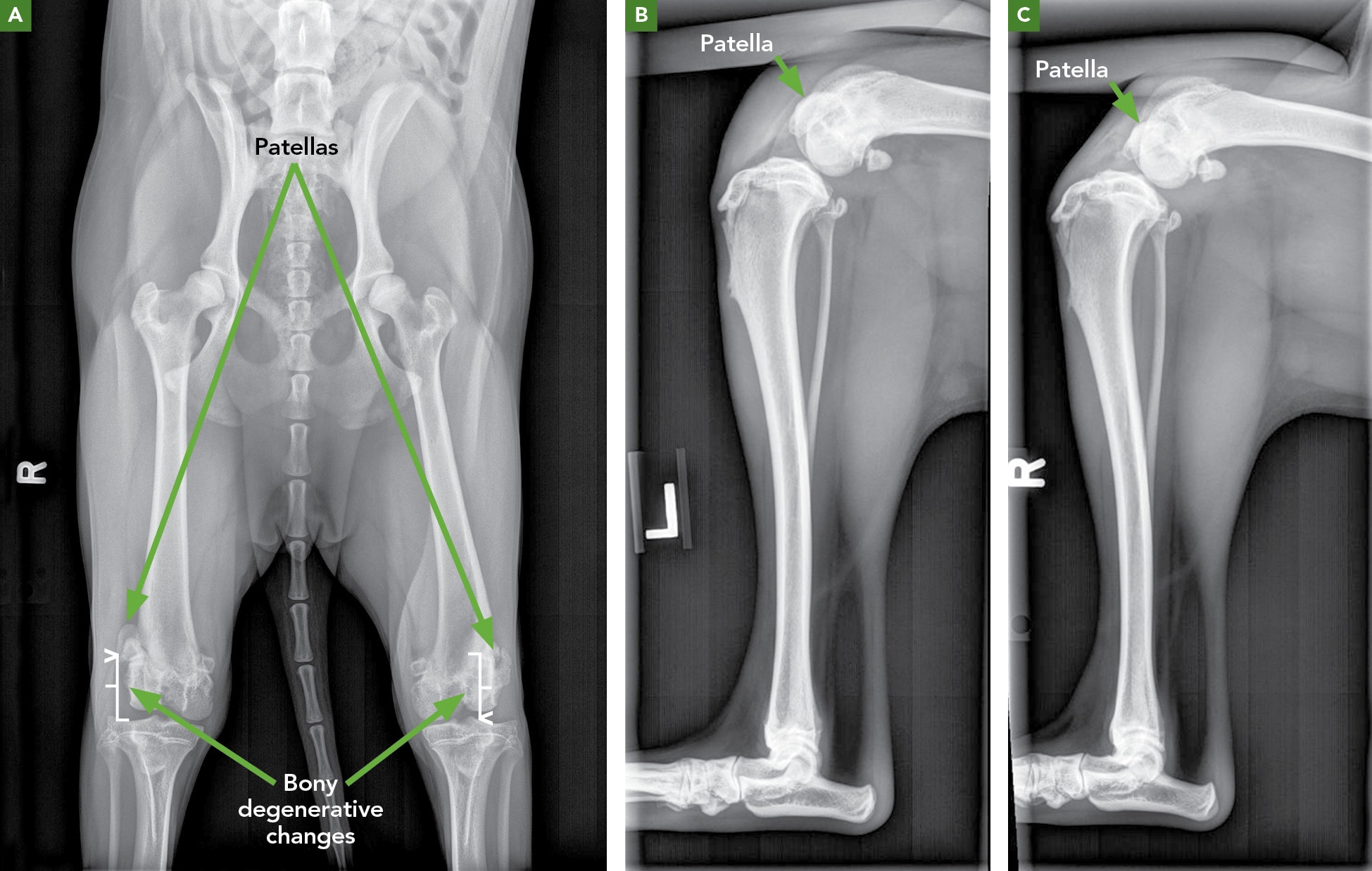
Luxating Patellas Pathology And Treatment Options Today S Veterinary Nurse
Luxating Patella Meadows Veterinary Clinic Of East Peoria
Luxating Patella Causes Treatment
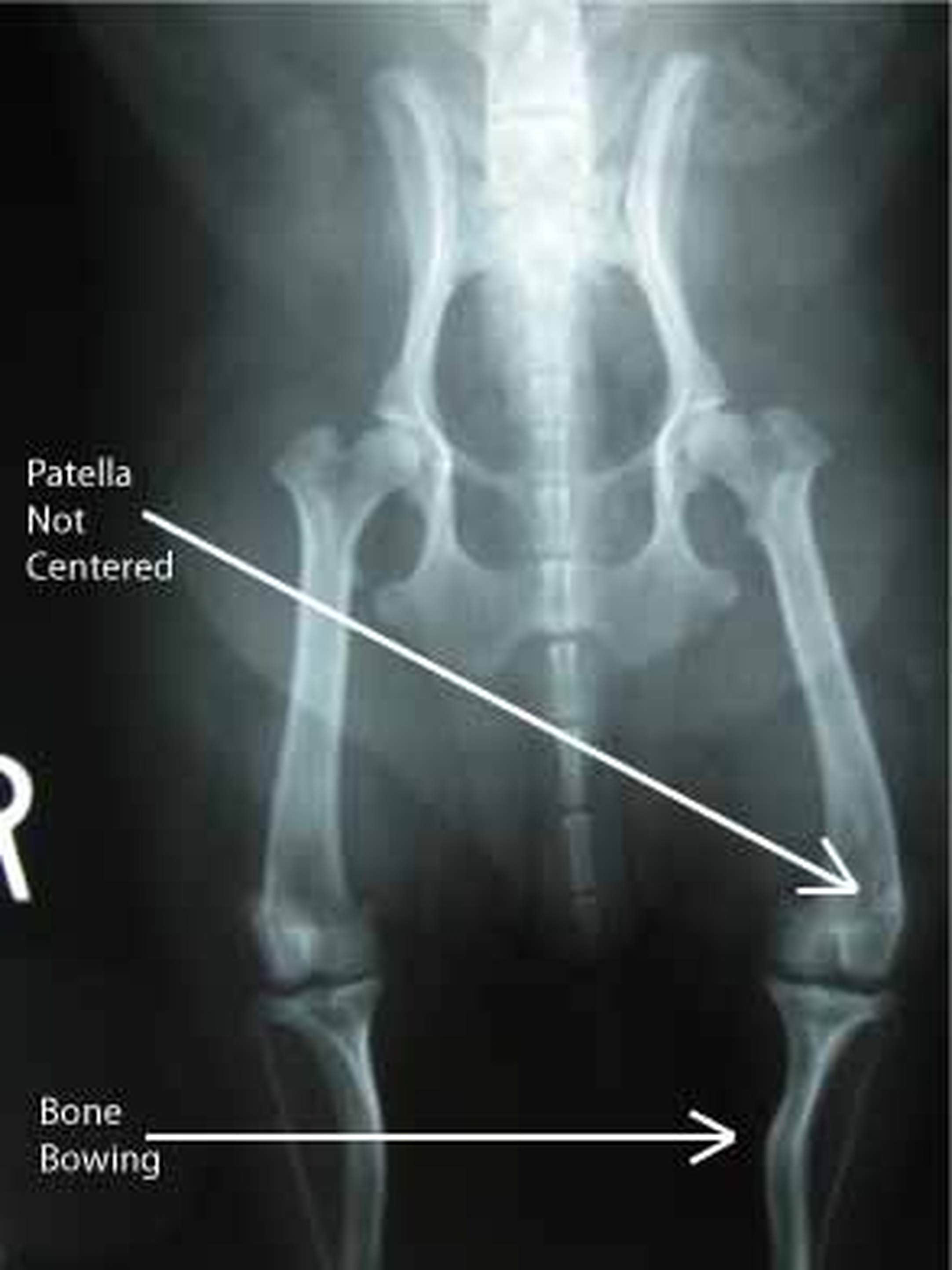
Patellar Luxation Kneecap Dislocation In Dogs Pet Scan Mobile Veterinary Ultrasound Service
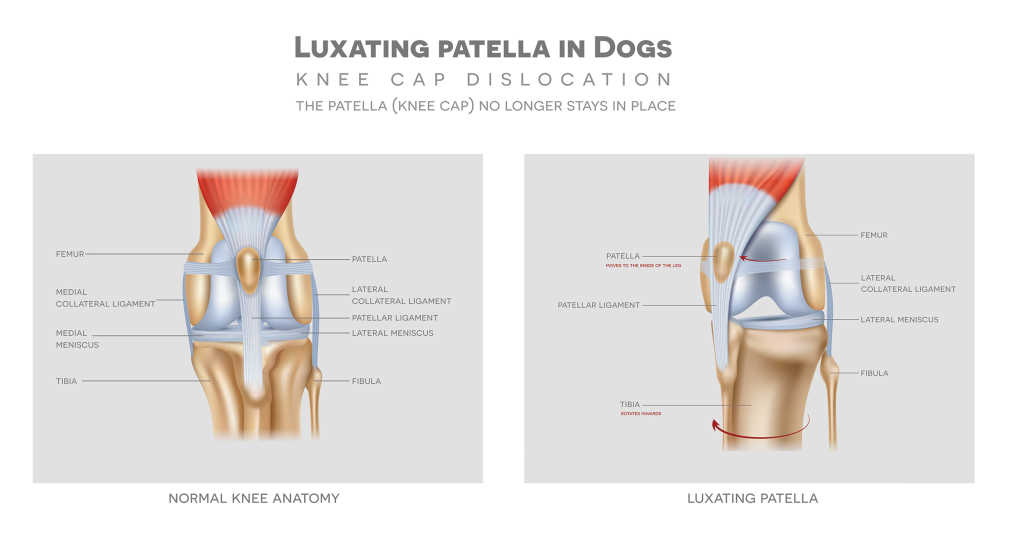
Luxating Patellas In Dogs And Cats Small Door Veterinary
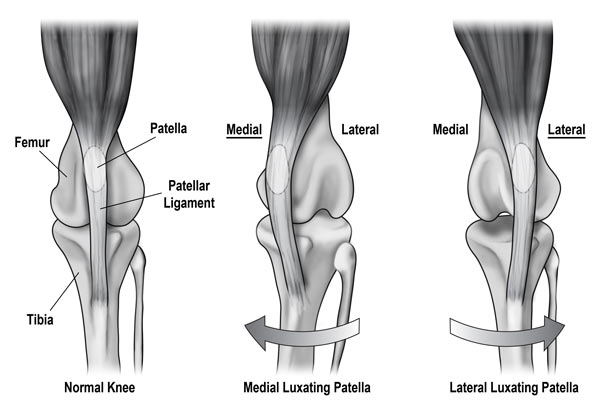
Patella Luxation A Common Orthoapaedic Problem Albert Park Vet
Luxating Patella Causes Treatment
Patellar Luxation Village Veterinary Centre
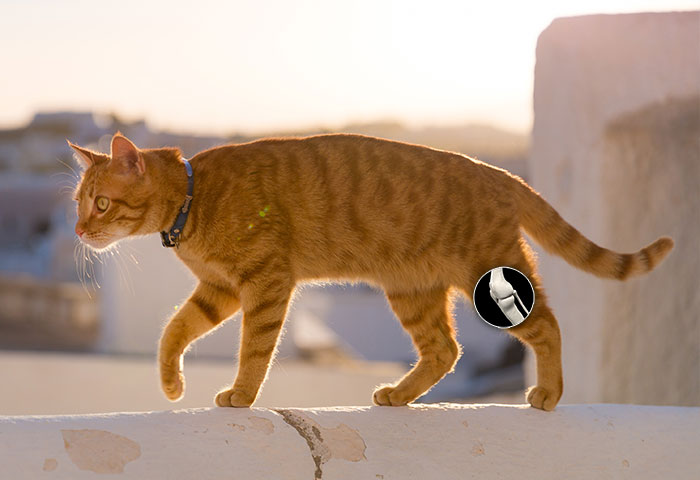
Feline Hind Limb Knee Injuries Packerland Veterinary Center

Luxating Patella In A Cat Youtube

Luxating Patella In Cats Vca Animal Hospital

Surgical Correction Of Patellar Luxation In Cats Today S Veterinary Practice
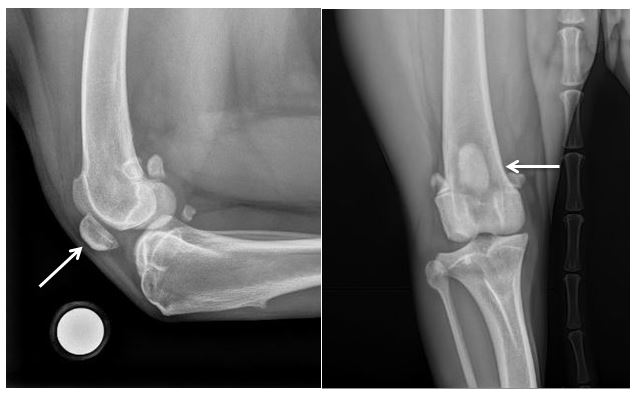
Patellar Luxation Pawsitive Steps Rehabilitation Therapy For Pets Troy Mi

Management Of Medial Patella Luxation In The Dog Cat
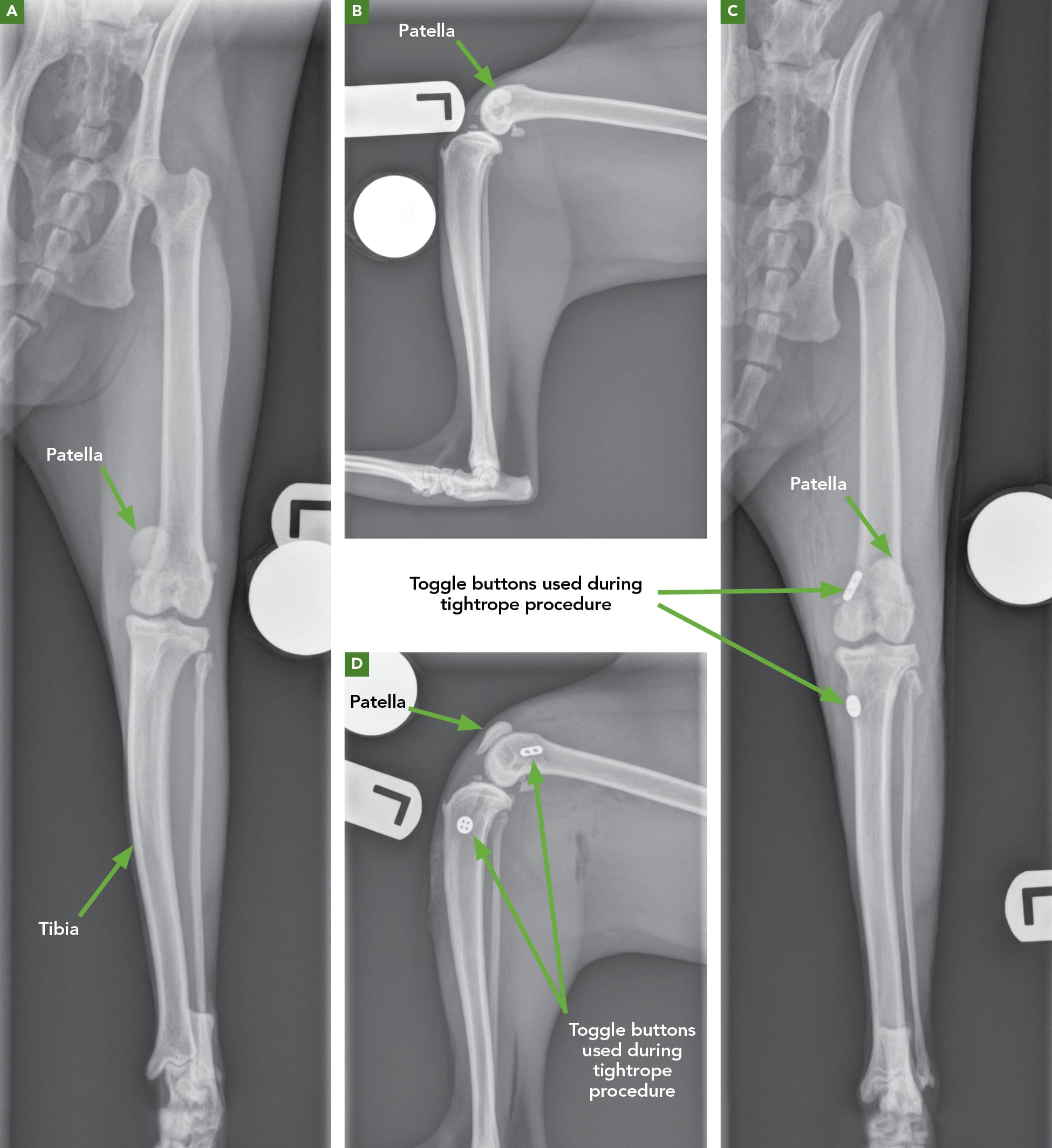
Luxating Patellas Pathology And Treatment Options Today S Veterinary Nurse

/GettyImages-638142640-a73f293767c5407bb1dd827e00e739b4.jpg)